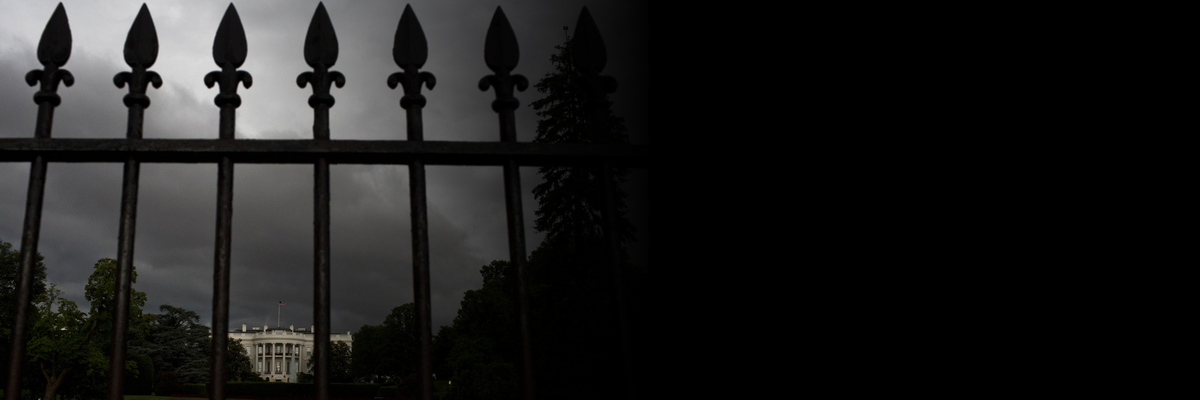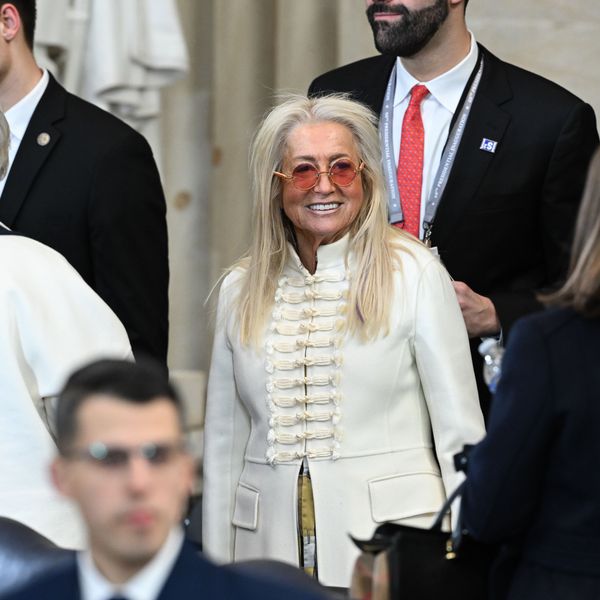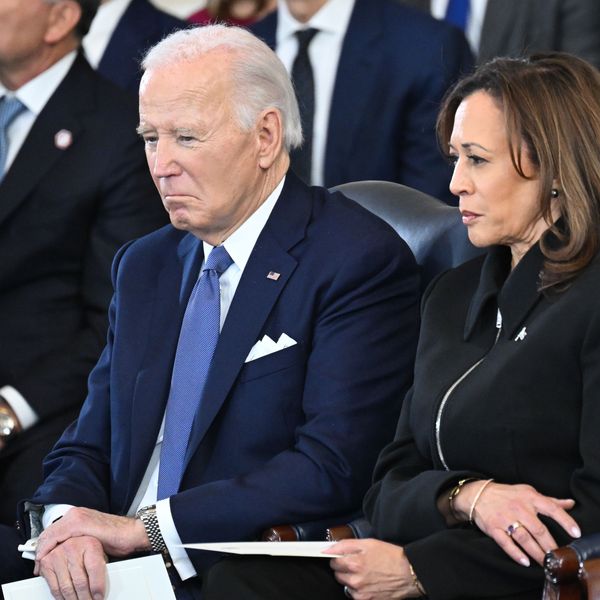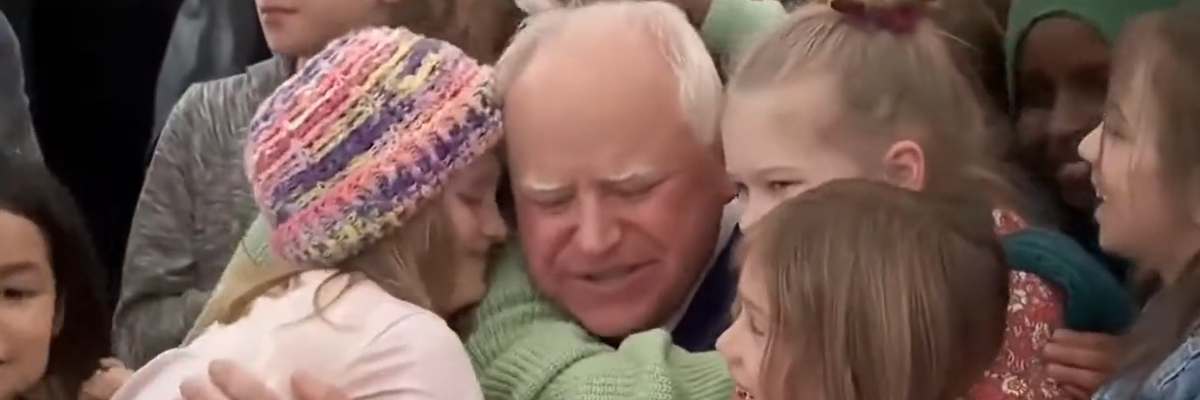There’s a lot to choose from in the race to define Minnesota Gov. and vice presidential candidate Tim Walz, and it seems like the Walz well will never run dry. He’s an additional jolt of energy for Democrats who felt hopeless about U.S. President Joe Biden’s reelection campaign. He’s a former small-town high school football coach with the potential to be a champion for forgotten small-town Americans. He’s folksy with a ton of Midwestern dad energy, and seems to charm nearly everyone he meets.
For us, the bigger picture isn’t about who Walz is, but about how he will govern. Because while he was governor in 2018, it was organizers and advocates for working families who pulled off the “Minnesota Miracle,” also called the “Minnesota Model.” Apply that model to the country as a whole, and you get a road map for winning popular progressive policies under tough conditions—and that’s exactly what Democrats need to defeat former President Donald Trump and Sen. JD Vance (R-Ohio) and to keep winning beyond November.
On paper, the Minnesota Miracle is a slew of major progressive policies that improved the lives of all types of people in the state. It came together from decades of organizing by community and labor groups who in turn organized Walz, paving the way for these wins and forming an inside-outside coalition of governance to make sure that the legislature followed through on their promises. As leaders of the Working Families Party, a political party that does just that, we know how well it works.
By following the leadership of communities and organized labor, Democrats can rebuild the coalition needed to win power—and hold power.
The Miracle’s agenda included popular policies like paid family and medical leave, a child tax credit, making breakfast and lunch free for all students, allowing undocumented immigrants to access driver’s licenses, and making record investments in public schools..
That’s a strong platform to run a presidential ticket on. Not only are these policies immensely popular, they’re popular among the coalition that Vice President Kamala Harris and Walz need to win in November. Every policy in the Minnesota Model has been the subject of a major poll—if not dozens or hundreds. Time and time again, they poll well across race, place, and class.
Much of our work focuses on electing leaders who fight for these popular policies, and there’s a growing contingent. But the majority of Democrats tend to balk at these issues, especially when trying to placate powerful corporate interests. But Walz could help break that trend. Many Democratic leaders balk at bold policies under the best conditions, but Walz and the organizers who won the Miracle did it despite the odds, turning a tight Democratic majority into concrete policy wins. Instead of going small, they seized the moment. As Tim Walz himself said, “You don’t win elections to bank politics capital. You win elections to burn political capital and improve lives.”
Imagine that approach on the federal level. Democrats can go big, opening the door to bold policies that meet the needs of this moment. By running on a proven popular agenda like the Minnesota Miracle, Democrats can win by big margins. And, perhaps most importantly, by following the leadership of communities and organized labor, Democrats can rebuild the coalition needed to win power—and hold power.
There are big lessons to be learned here, if we choose to. The Minnesota coalition did it six years ago, and we can do it again, on the federal level. But only if we organize like our future depends on it to beat Trump and flip the house.
We’re far from starting from scratch. The Working Families Party, Center for Popular Democracy Action, People’s Action, and countless other allied groups have spent decades paving the way for Democrats to run on these issues, just like organizers in Minnesota did. And while electoral wins are just the beginning of the fight, real change happens when our communities have governing power.
If we can build a multiracial working-class coalition to defeat Trump and his MAGA movement at every level of government, that same coalition can fight for and win more together than we ever have.



